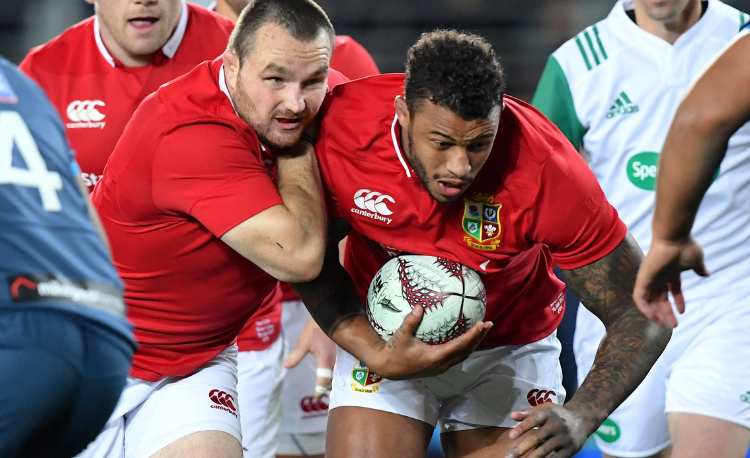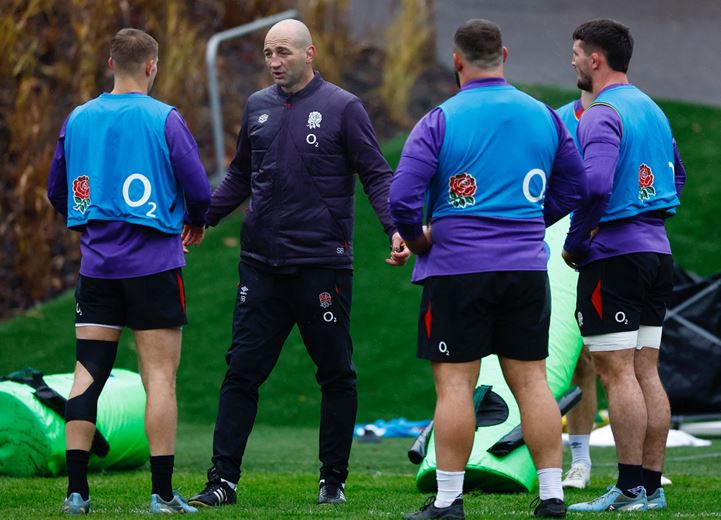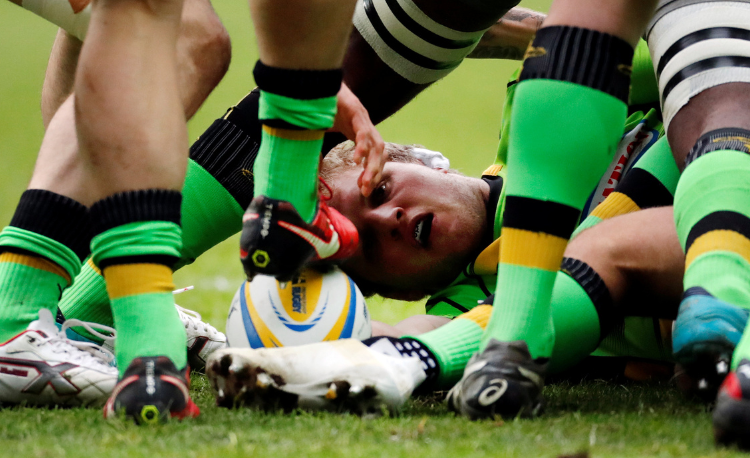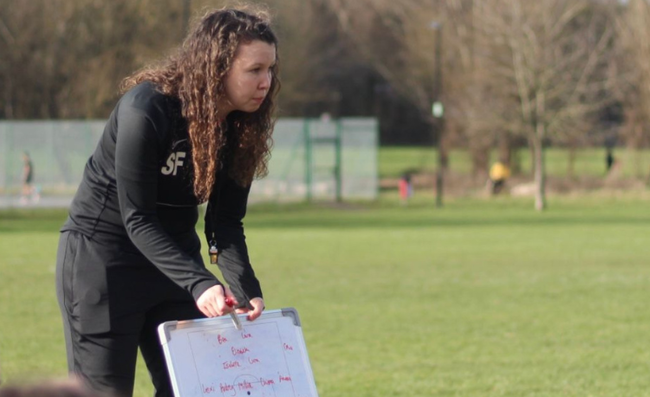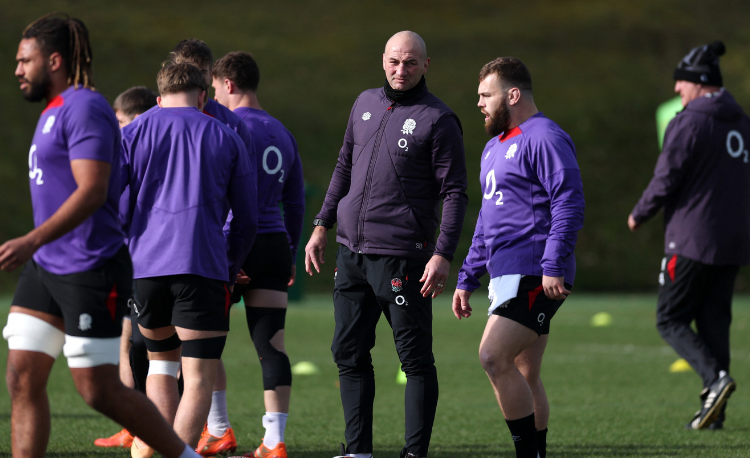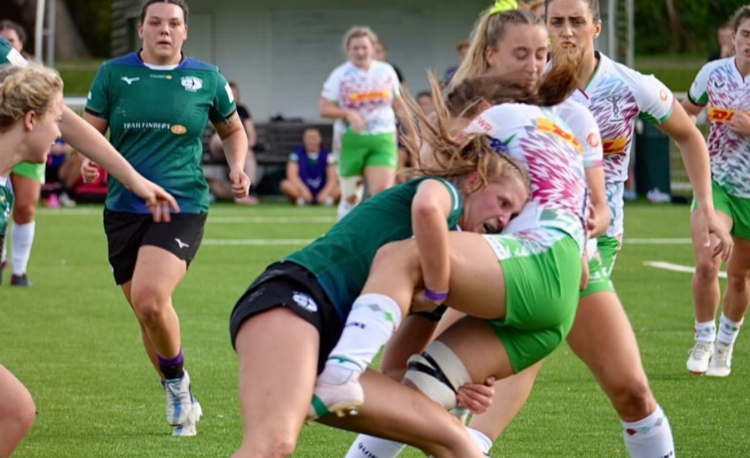Training standards
Former All Black MATT TODD, now assistant coach with Super Rugby team the Crusaders, discusses how to energise those players who are not great trainers.
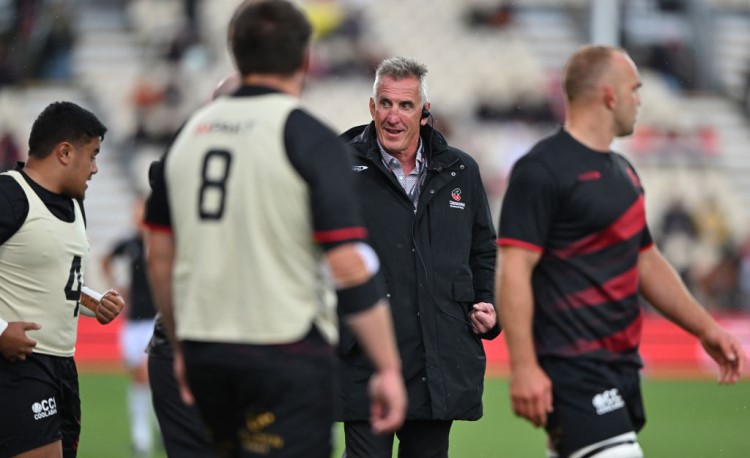
Some players are stars on the pitch – but when it comes to training, they might not meet all the right standards.
It is important that we recognise this because it impacts other players, too, especially younger members of the squad.
Before we look at the individual, we need to consider that our environment has a clear message: that there is an expectation around the work you must do.
This expectation is then driven by the leaders within the playing group. The coaching group will continually expect that level as a consequence. Someone doesn’t have to be a great trainer, but they still have to train.
However, this expectation should come from within the squad. A conversation with the coach is the last resort.
Therefore, the playing squad and the leadership group should be clear that the wrong attitude in training is not acceptable.
Energising the session
It would be great if every session flowed with purpose from the get-go.
To achieve this often, you have to recognise a few factors. Firstly, where are you in the season and where are you in terms of recovering from the last match?
Secondly, with that in mind, you need to check in with the group before the session.
We have lots of medical and conditioning support who can give us a heads-up on the vibe, as well as talking to the leadership group.
Thirdly, we need to consider what we want to get out of the session. Will what we’ve set out be enough?
It’s easy to go through the motions, ticking boxes. Sometimes, you might just pull the session up, refresh them and say: "We are going to do 10 minutes focused on this, and then that’s us for today".
Serious fun
Our training sessions tend to last around 60-90 minutes.
The warm-up is always fun. It gives energy. and the players treat it as “Bang, we’re on.” This is inevitably driven by the leaders in the group, who will remind the players when to switch attention.
It might be that it will be a little more slow-paced when we are learning. When it’s time for execution, the speed ramps up, and the pressure is on.
It helps that the players know what’s coming in the training plan. That means when we move into a different phase of the training session, they will change their energy levels accordingly.
The plan
The plan will outline who is working with whom and where.
The warm-up is often done by the whole group, and then there will be a plan for the units to split, perhaps come back together for a drill, and finish with, say, team-on-team.
During a drill, the players will be aware of key points and which coach is hosting it. If there are other coaches involved, we make sure we use consistent language and that everyone knows what they are looking for.
Typically, one of these drills lasts four to eight minutes, with the hosting coach leading, stopping, and starting the action. The co-coaches would give feedback on an individual basis when players are recovering their positions.
That feedback won’t be new information during the season; it will be reiterating key details. In pre-season, it will be about building habits.
KEY TAKEAWAYS
- Everyone needs to know when to switch to “work.”
- The leadership group self-polices attitudes and effort
- The plan helps players know what energy levels are required for each activity
- Consistent language allows co-coaching to flourish without interrupting the flow
- Sometimes, you need to stop the session early
The intense, two-week, online Crusaders Leadership Programme gives you a crucial insight into how the world’s most successful club team functions, including interviews and live sessions with their top coaching staff. CLICK HERE to find out more and enjoy an exclusive RCW subscriber discount.
Thank you for reading
to enjoy 3 free articles,
our weekly newsletter, and a free coaching e-book
Or if you are already a subscriber, login for full access
Newsletter Sign Up
Coaches Testimonials

Gerald Kearney, Downtown Las Vegas Soccer Club

Paul Butler, Florida, USA

Rick Shields, Springboro, USA

Tony Green, Pierrefonds Titans, Quebec, Canada
Subscribe Today
Be a more effective, more successful rugby coach
In a recent survey 89% of subscribers said Rugby Coach Weekly makes them more confident, 91% said Rugby Coach Weekly makes them a more effective coach and 93% said Rugby Coach Weekly makes them more inspired.
Get Weekly Inspiration
All the latest techniques and approaches
Rugby Coach Weekly offers proven and easy to use rugby drills, coaching sessions, practice plans, small-sided games, warm-ups, training tips and advice.
We've been at the cutting edge of rugby coaching since we launched in 2005, creating resources for the grassroots youth coach, following best practice from around the world and insights from the professional game.




